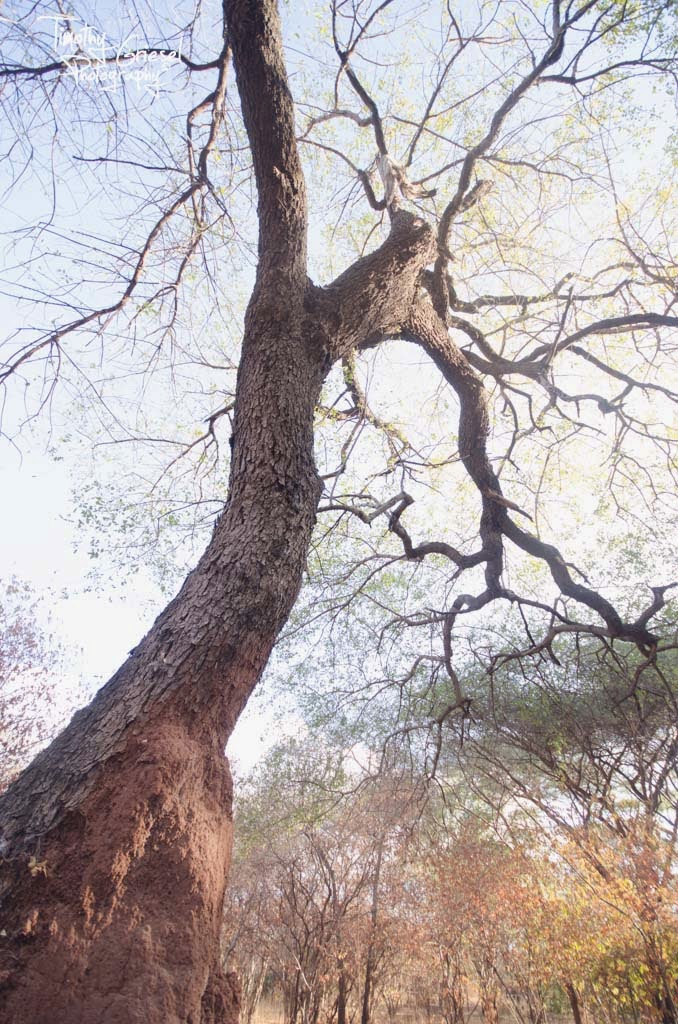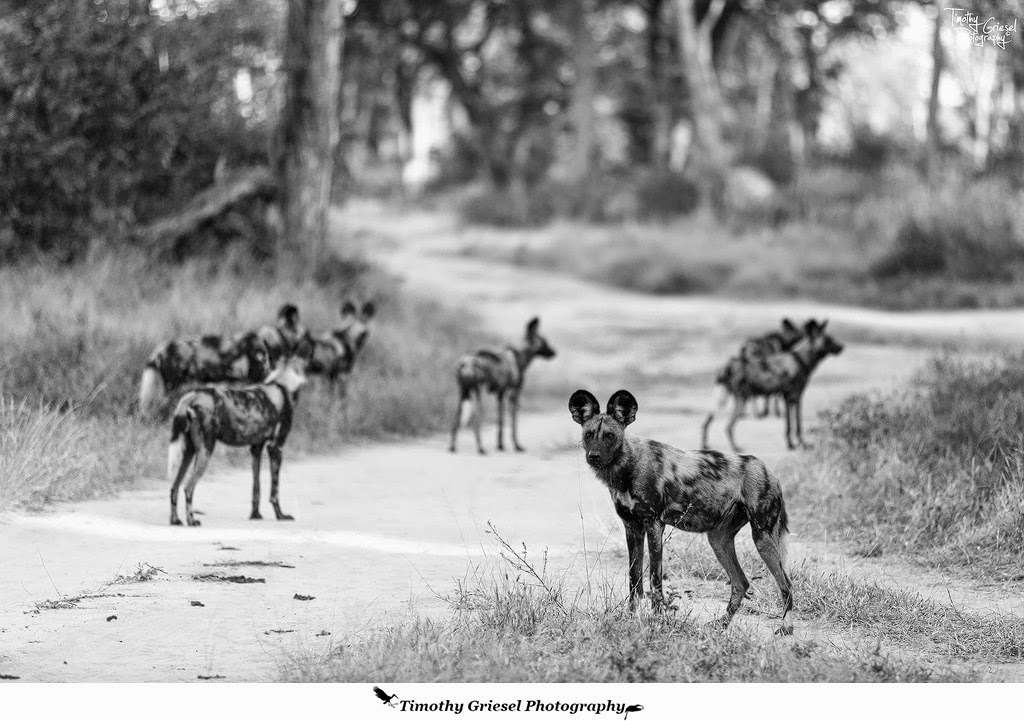If you would like to read part one of this amazing adventure, then please click on the link below
Timothy Griesel Photography
Specialist wildlife, landscape and portrait photographer
Search This Blog
Tuesday, 20 May 2014
Tuesday, 25 March 2014
Image vs Photo? What is the difference
I recently got involved in a debate about the ethics of photoshop and lightroom and its use in creating an appealing image.
There is a very fine line that exists in the photographic community when it comes to post processing, this line is the line that separates an image from being a photograph from an image which is manipulated and can no longer be classified as a photograph.
But before I discuss the above, let me delve a little in the technical side of photography.
Lets start with the eye. The human eye is an extremely powerful organ capable of defining features and structures in extremely low light. The human eye is so powerful that nothing in both film and digital comes close to capturing the detail, the colours, the mood or even the range of light you are able to see and as a result we have always found the need to manipulate (perhaps not the right word) an image to return some sort of reality to the image. The human eye is capable of seeing a far greater range of light and tonal variances then the digital sensor or film.
Secondly, capturing images in RAW. RAW images are pretty easy to understand. RAW files are unprocessed, uncompressed image data which in order for it to become a photo needs to be processed correctly (within limitation) using lightroom or photoshop or whatever other programs you may use.
Now where is the line that defines a photo and an image that has been manipulated.
This line varies from person to person and is a very subjective idea but to me, a photograph is an image which has been captured in RAW, JPEG or any other file format, imported onto a computer and once brought into post processing only minor post production is applied to the image (similar to what you could do in the darkroom with film, (ie. exposure, contrast, white balance etc)), whereas photoshop manipulations is where an image has been edited to create a unrealistic and unnatural image as well as where certain elements are either cloned out or replaced.
Black and white photographs are still classified as photographs because you make the decision to convert an image to black and white, in the days of film, you would shot onto black and white film, but in today's age it is a far easier process in lightroom or photoshop.
The excess of good post production is to edit and bring back a photo to what your eyes saw in a specific scene or to edit for a specific purpose and to create an iconic and unique image.
Let me show two examples of images and I will explain what I did to them individually.
Image 1

Image 2
Original on the left and edit on the Right.
In Lightroom
Cropped to get rid of the distracting car parts that where present when I took the image. Converted to black and white. Slight increase in contrast, exposure, white balance, slight amount of dodging and burning.
Image seems like a natural scene you would find in Kruger, editing is not over the top and does not change the mood of the image.
I hope this clarify's a few things for you as this is the basic editing theory I put into place and I think it is a theory quite a few photographers have when it comes to post production.
Left me know what you think and what your thoughts are.
There is a very fine line that exists in the photographic community when it comes to post processing, this line is the line that separates an image from being a photograph from an image which is manipulated and can no longer be classified as a photograph.
But before I discuss the above, let me delve a little in the technical side of photography.
Lets start with the eye. The human eye is an extremely powerful organ capable of defining features and structures in extremely low light. The human eye is so powerful that nothing in both film and digital comes close to capturing the detail, the colours, the mood or even the range of light you are able to see and as a result we have always found the need to manipulate (perhaps not the right word) an image to return some sort of reality to the image. The human eye is capable of seeing a far greater range of light and tonal variances then the digital sensor or film.
Secondly, capturing images in RAW. RAW images are pretty easy to understand. RAW files are unprocessed, uncompressed image data which in order for it to become a photo needs to be processed correctly (within limitation) using lightroom or photoshop or whatever other programs you may use.
Now where is the line that defines a photo and an image that has been manipulated.
This line varies from person to person and is a very subjective idea but to me, a photograph is an image which has been captured in RAW, JPEG or any other file format, imported onto a computer and once brought into post processing only minor post production is applied to the image (similar to what you could do in the darkroom with film, (ie. exposure, contrast, white balance etc)), whereas photoshop manipulations is where an image has been edited to create a unrealistic and unnatural image as well as where certain elements are either cloned out or replaced.
Black and white photographs are still classified as photographs because you make the decision to convert an image to black and white, in the days of film, you would shot onto black and white film, but in today's age it is a far easier process in lightroom or photoshop.
The excess of good post production is to edit and bring back a photo to what your eyes saw in a specific scene or to edit for a specific purpose and to create an iconic and unique image.
Let me show two examples of images and I will explain what I did to them individually.
Image 1

This is an image I captured in Botswana. I would classify this image as a photoshop manipulation.
Original on the left, edit on the right.
In Lightroom
I have blown out the highlights, lifted my shadows, increased clarity, increased contrast, lowered exposure and sharpening the image.
In Photoshop
Exported to photoshop, luminosity layers added to bring a little more detail into both highlights and shows, and further increase in sharpness and contrast.
All stuff you could do in a darkroom but for this image I edited for a purpose and made the image quite unnatural looking.
Image 2
Original on the left and edit on the Right.
In Lightroom
Cropped to get rid of the distracting car parts that where present when I took the image. Converted to black and white. Slight increase in contrast, exposure, white balance, slight amount of dodging and burning.
Image seems like a natural scene you would find in Kruger, editing is not over the top and does not change the mood of the image.
I hope this clarify's a few things for you as this is the basic editing theory I put into place and I think it is a theory quite a few photographers have when it comes to post production.
Left me know what you think and what your thoughts are.
Saturday, 22 March 2014
Why I decided on Canon over Other Brands
As you all know, we were broken into in the beginning of the year and I had all my camera equipment stolen from me.
This gave me the ability to replace my camera equipment and gave me a chance to start over with what gear I wanted and what gear I needed.
I thought quite hard on what exactly I would need in terms of lenses and bodies but when it came to brand, I just couldn't decide whether to go Canon or Nikon.
A few things where integral in me eventually deciding on staying with Canon.
Firstly, brand loyalty.
I am a loyal consumer and being loyal I didn't want to leave the Canon brand, the guys at Canon had been very very good to me and I am part of CPS, which helps me quite a lot when I have some issues with my cameras.
Secondly, I had some equipment in my cupboards that wasn't stolen and if I moved brands then all the stuff in my cupboard would be rendered useless.
Thirdly, I managed to find myself a Second hand 400mm f/2.8 at a price I could afford and that pretty much sealed the deal for me.
Lastly, system. I am so used to working with Canon bodies and canon systems that if I had to change over it would mean hours and hours relearning basic operations which have become second nature to me.
Not the most amazing reasons to choose one brand over the other, its really more personal preference when it comes to the two brands and what would work best for you and your budget.
But if you were interested, you now know the reasons I stayed with Canon and didn't move over to Nikon
Kit List
Canon 1D MK III
Canon 6D + Battery Grip
Canon Ef 24-70mm f/4
Canon EF 17-40mm f/4
Canon EF 70-200mm f/2.8 NON IS
Canon 100mm f/2.8L Macro
Canon EF 50mm f/1.4
Canon EF 400mm f/2.8
Canon EF 2x Extender
With a whole range of accessories
Thursday, 20 March 2014
Link to Website
http://timothygriesel.co.za/category/blog/
If the page doesn't fuction, please visit my blog here : http://timothygriesel.co.za/category/blog/
Subscribe to:
Posts (Atom)




